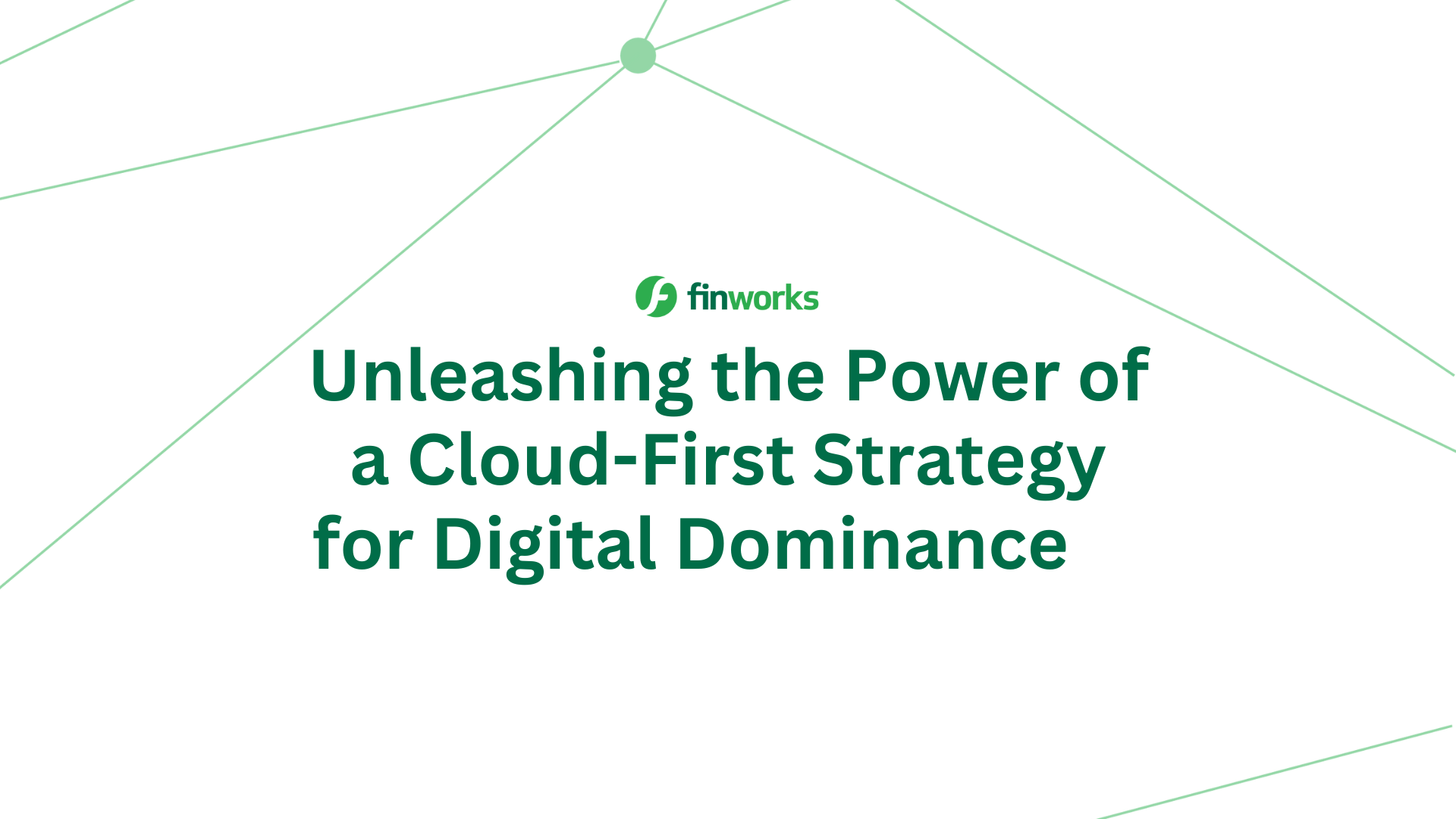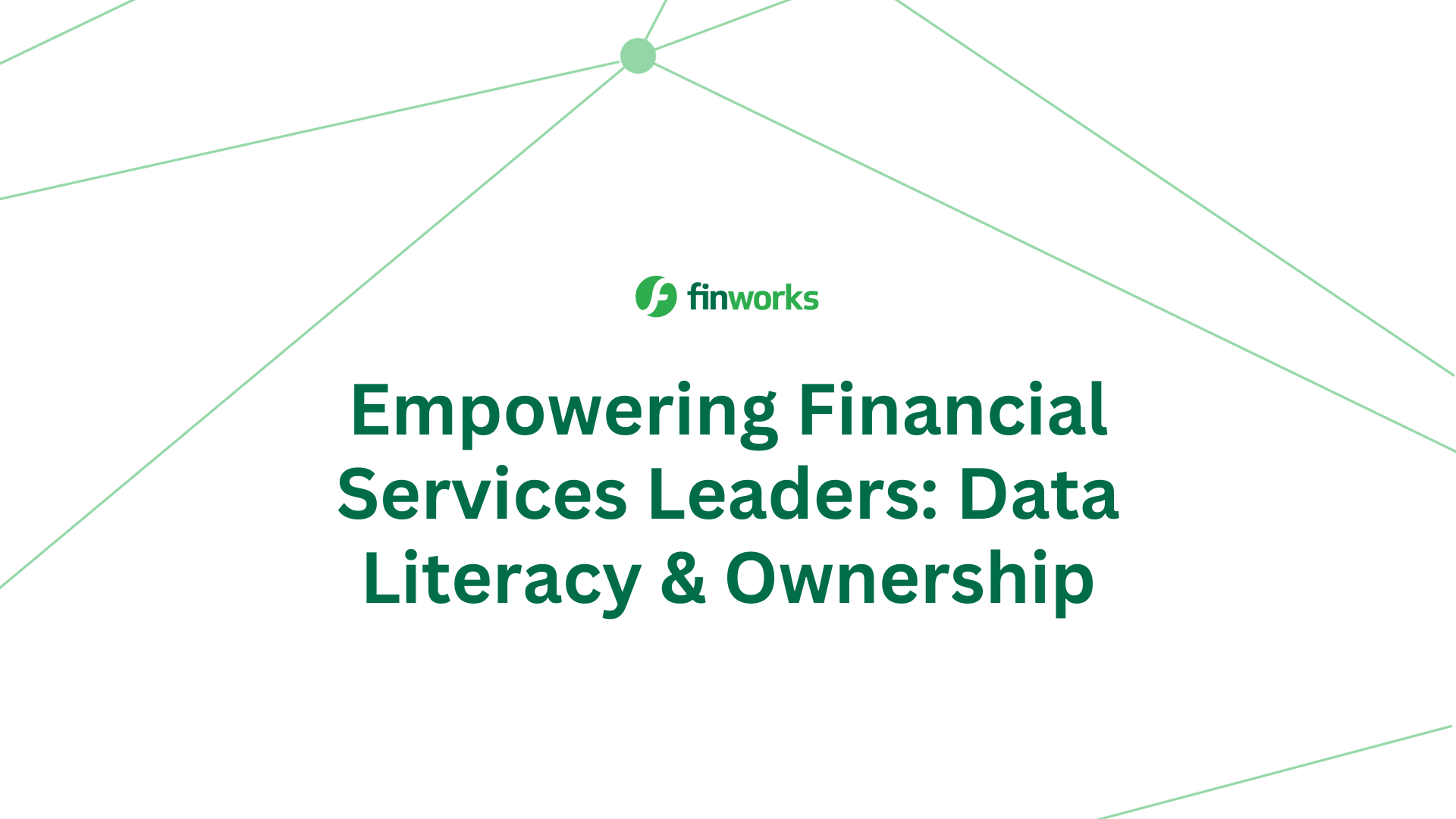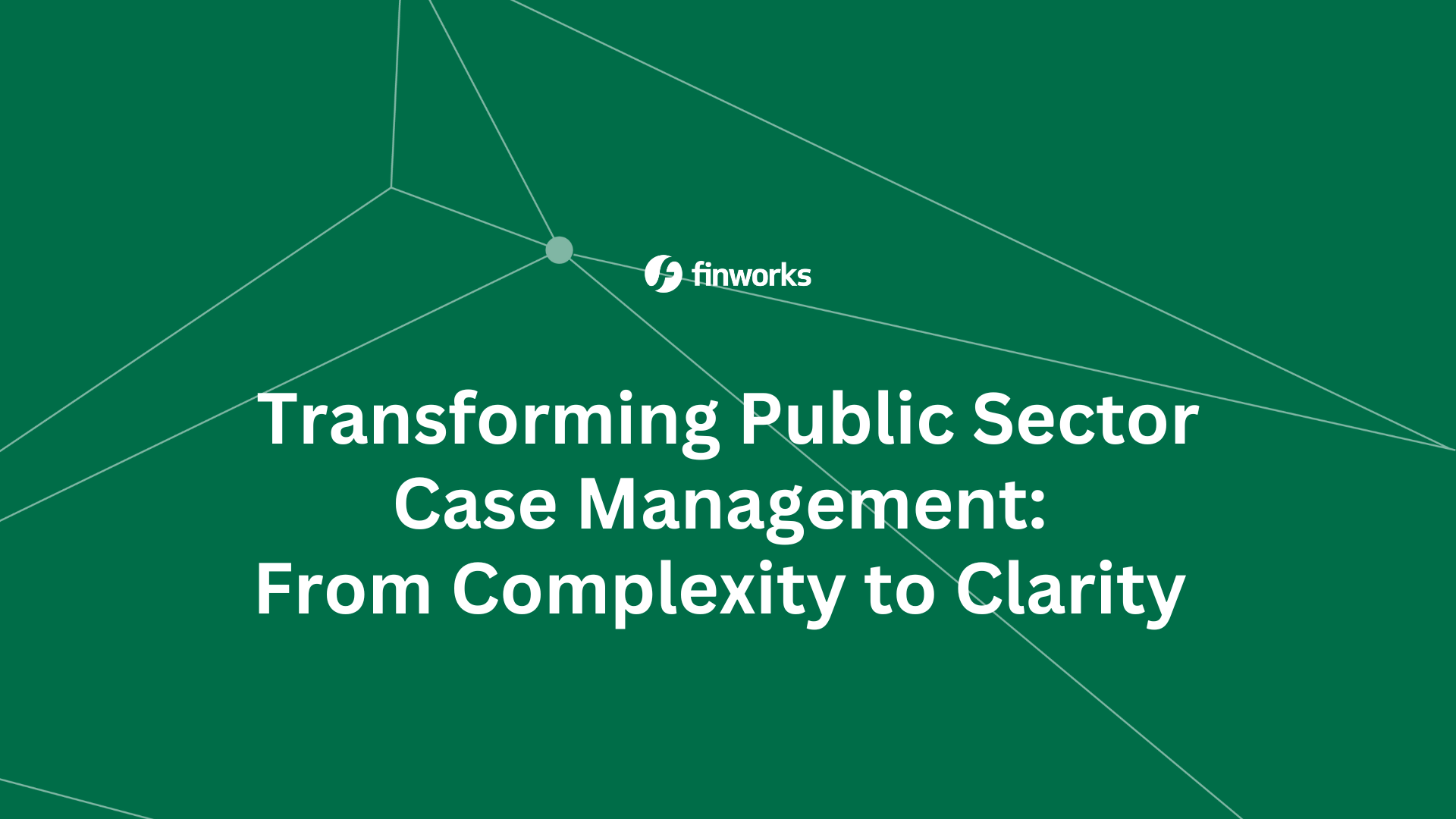Embracing Cloud Innovation: Scaling Data and Analytics Strategy
As the financial sector increasingly relies on data-driven insights to make informed decisions, the need for scalable and agile data and analytics solutions has never been more critical. This guide delves into how cloud innovation can be a game-changer, providing a roadmap for leaders to navigate the complexities of integrating cloud technologies into their existing strategies.
From streamlining operations to enhancing customer experiences, embracing cloud innovation opens new opportunities for financial institutions. Finworks, one of the leaders in financial data management innovation, shares insights and best practices to empower leaders in developing a robust cloud-based data and analytics strategy.
Unlocking the Power of Cloud Innovation: Finworks Comprehensive Guide for Financial Services Leaders
Cloud migration has evolved into a necessity for financial institutions grappling with the limitations of traditional infrastructure. As we delve into the challenges posed by existing setups, it becomes evident why a well-defined cloud migration strategy is crucial for sustained success.
Understanding Decision-Makers and Their Concerns
The concerns of decision-makers can be broadly classified into the following categories:
Data Security and Privacy
This is a significant concern for CDOs, Data Governance Managers, and Heads of Data Quality. They are responsible for ensuring the data is secure and protected from unauthorised access or misuse.
Data Governance and Integrity
CDOs, Data Governance Managers, and Heads of Data Quality are also concerned with maintaining the integrity of the data. They ensure that the data is accurate, consistent, and complete.
Compliance Challenges
CDOs, CFOs, CROs, and Data Governance Managers are concerned with compliance challenges. They ensure that the organisation complies with all relevant laws and regulations.
Scalability and Performance
CFOs and Heads of Data Architect are concerned with scalability and performance. They ensure that the organisation’s data infrastructure can handle the increasing volume of data and that the performance is not compromised.
Cost Management
CFOs are concerned with cost management. They ensure that the organisation’s data infrastructure is cost-effective and the costs are optimised.
Risk Mitigation
CROs are concerned with risk mitigation. They ensure that the organisation’s data infrastructure is resilient to risks and that the risks are mitigated.
Interoperability and Integration
The Head of Data Architect is concerned with interoperability and integration. They ensure that the organisation’s data infrastructure can integrate with other systems and that the data can be shared across different platforms.
Data Access and Availability
CDOs and Heads of Data Quality are concerned with data access and availability. They ensure the data is accessible to people at the right time.
Change Management
CDOs, CFOs, and Heads of Data Architect are concerned with change management. They ensure that the organisation’s data infrastructure can adapt to changes in the business environment.
Constraints in a Traditional Infrastructure
Financial institutions often grapple with challenges in their traditional infrastructure, hindering the efficient utilisation of financial data. These challenges include:
- Not having a cloud migration strategy: A common hurdle for institutions looking to transition to the cloud is the absence of a well-defined migration plan.
- Complex existing architecture: Legacy systems can pose compatibility issues and impede the integration of cloud solutions.
- Long migration process: The duration of migration can impact business operations, leading to potential disruptions.
- Costs of data storage in the cloud: Cost considerations are a crucial factor, and financial institutions must carefully manage expenses associated with cloud services.
- Data security and compliance risks: Ensuring the security and compliance of financial data during migration is paramount to maintaining trust and regulatory adherence.
Finworks offers solutions to address these concerns. We provide robust security measures to ensure data protection and compliance. We also offer scalable and cost-effective data infrastructure solutions that can mitigate risks and ensure interoperability and integration. Additionally, we provide flexible management solutions that can help organisations adapt to changes in the business environment.
Discover your organisation's readiness with our Cloud Migration Assessment. Identify gaps, refine your strategy, and ensure a successful transition. Let Finworks guide you through every step. Begin your journey today and unlock the potential of cloud technology for your business. Click here to begin the assessment.
Maximising Cloud Benefits for Operational Excellence
The following are essential cloud-adoption disciplines that CIOs and other digital leaders can learn to expand the cloud as an innovation platform for digital initiatives — and even create new business models.
No. 1: Strategise and Innovate
The first step for a CIO is establishing the crucial parts of cloud costs and risks, as both are always on an executive leader’s mind. Remove the common belief that “cloud is always cheaper” and focus on the strategic benefits of cloud computing, such as reduced company costs and modernisation.
- Emphasising cloud as a capacity for platform business — which creates value through the sharing of data across networks and drives new digital sources of revenue — rather than just another technical capability.
- Creating and communicating a corporate value framework for cloud computing.
- Putting in place a cloud adoption framework to reduce business costs and risks.
No. 2: Mobilise and Migrate
To achieve fast growth without jeopardising cloud objectives, CIOs must establish clear expectations that motivate enhanced cloud adoption behaviours and track against these expectations with verifiable metrics. Scaling cloud adoption is only possible if CIOs maintain strategic communication with business stakeholders during migration planning and enlist the help of third-party experts.
- Embracing cloud options to capitalise on new opportunities while reducing complexity.
- To encourage safe and efficient cloud practices, communicate migration objectives.
- Boosting the pace by anticipating migration challenges.
No. 3: Govern and Secure
Accelerate organisational transformation to achieve cloud benefits by embracing a DevOps culture and introducing new skills such as site reliability engineering (SRE) or enable rapid innovation for a cloud environment by introducing product life cycle management (PLM) approaches.
- Implementing robust governance and security measures as part of a pan-organisational cloud strategy.
- Adapting and developing governance policies using a Cloud Centre of Excellence (CCOE) approach.
- Reconsidering the technological operational model in the cloud era.
No. 4: Cost-Effective and Efficient Cloud Usage
Realising the full potential of cloud benefits requires a strategic focus on cost-effectiveness and efficiency. CIOs should adopt measures to optimise resource utilisation and streamline operations within the cloud environment.
- Conducting regular assessments to identify opportunities for cost savings and efficiency improvements.
- Implementing automation tools and practices to enhance operational efficiency and reduce manual intervention.
- Emphasising continuous monitoring and governance to identify and address underutilised resources.
- Establishing a culture of cost awareness and responsibility across the organisation, ensuring that cloud resources are used judiciously.
By incorporating these measures into the overall cloud transformation strategy, organisations can maximise the operational excellence derived from cloud adoption and ensure a sustainable and cost-effective utilisation of cloud resources. This approach aligns with the broader objective of leveraging the cloud to enhance business performance and achieve strategic goals.
Explore Cloud Possibilities with Finworks: Your Trusted Partner in Transformation
Cloud computing has revolutionised the landscape of data analytics and big data management, empowering businesses with unmatched scalability, accessibility, and cost-efficiency. Embracing cloud-based solutions enables organisations to leverage advanced analytics tools and services, facilitating quicker, data-driven decision-making processes.
Finworks specialises in tailored data management solutions. We collaborate closely with clients, comprehending their unique needs and specifications and harnessing our expertise to craft software solutions that precisely align with their requirements.
Our comprehensive services encompass product management, workflow management, data fabric architecture, automation, and security. We remain dedicated to delivering ongoing support and maintenance for the products we create. Contact us now to explore the possibilities!




